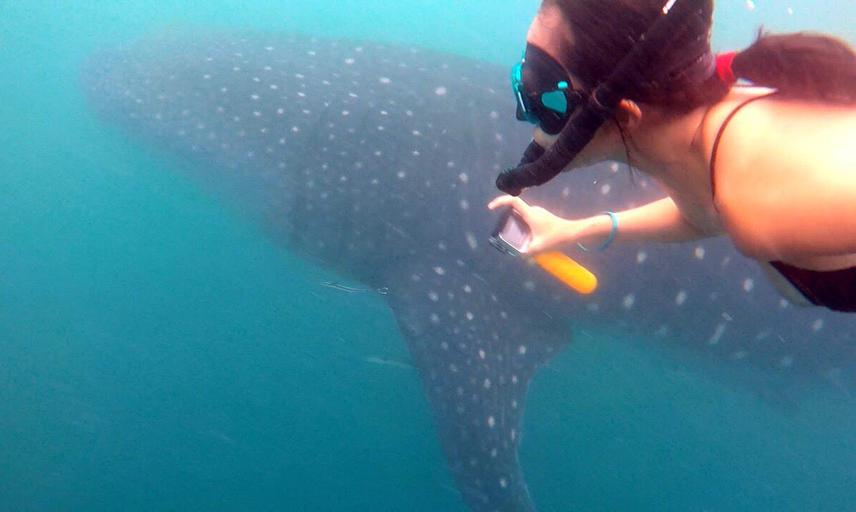Ma. Rica Teresa B. Dungog
This investigates what supports the productivity in the waters of Donsol and discerns why it is one of the major aggregating areas in the world for whale sharks. It is strongly posited that a combination of environmental and biological factors is responsible for their aggregation and this may be due to the relatively high prey abundance in the form of plankton. Data from this research are expected to provide significant information on linkages between water quality, plankton abundances and communities with whale shark sightings in Donsol that may contribute to the global conservation of whale sharks.

Literature cites that whale sharks are basically driven by food pulses. They frequent warm tropical waters, including the Philippines and they migrate long distances to feed on these oligotrophic or patchy environments. In Donsol, Sorsogon, they are usually sighted during the months of December to May coinciding with the onset of northeast monsoon. It is strongly posited that this annual aggregation of whale sharks in Donsol is linked to the abundance of plankton prey in the area. This study is geared to characterize the waters of Donsol with data on the species composition, richness, density and abundance of plankton during the season and off-season of whale shark aggregation. We will be doing plankton collection using different sizes of plankton nets (20um and 200um) monthly for one year to cover the on and off seasons of whale shark aggregations in the study area. It is also important to note that plankton growth and reproduction rely greatly on nutrient availability and certain environmental parameters.
Hence, we will look into several physical parameters such as current speed and direction (using an Acoustic Doppler Current Profiler), temperature and salinity (using Castaway-CTD)whereas chemical parameters will be obtained using a Niskin water sampler and this will include nutrient levels (nitrate, nitrite, ammonium, phosphorus and silica), and total suspended solids (TSS). Remotely-sensed data will also be sought to augment any needed environmental information. Despite the majority of international researches linking whale shark sightings to their foraging ecology, only a handful has been made in the Philippines to explain why the sightings occur. It is timely and fitting that a thorough investigation will be conducted on the basis of the food web that supports the primary diet of whale sharks, considering their now ‘Endangered’ status. Monitoring of the whale sharks during their season will provide an avenue for comparison with the trend in sightings through the years, considering potential effects of a shifting climate. The results of this study will be significant to strengthen knowledge on the bottom-up control of this coastal ecosystem, with focus on the linkage of factors that influence primary productivity, the phytoplankton assemblage, grazers and ultimately, the whale sharks.